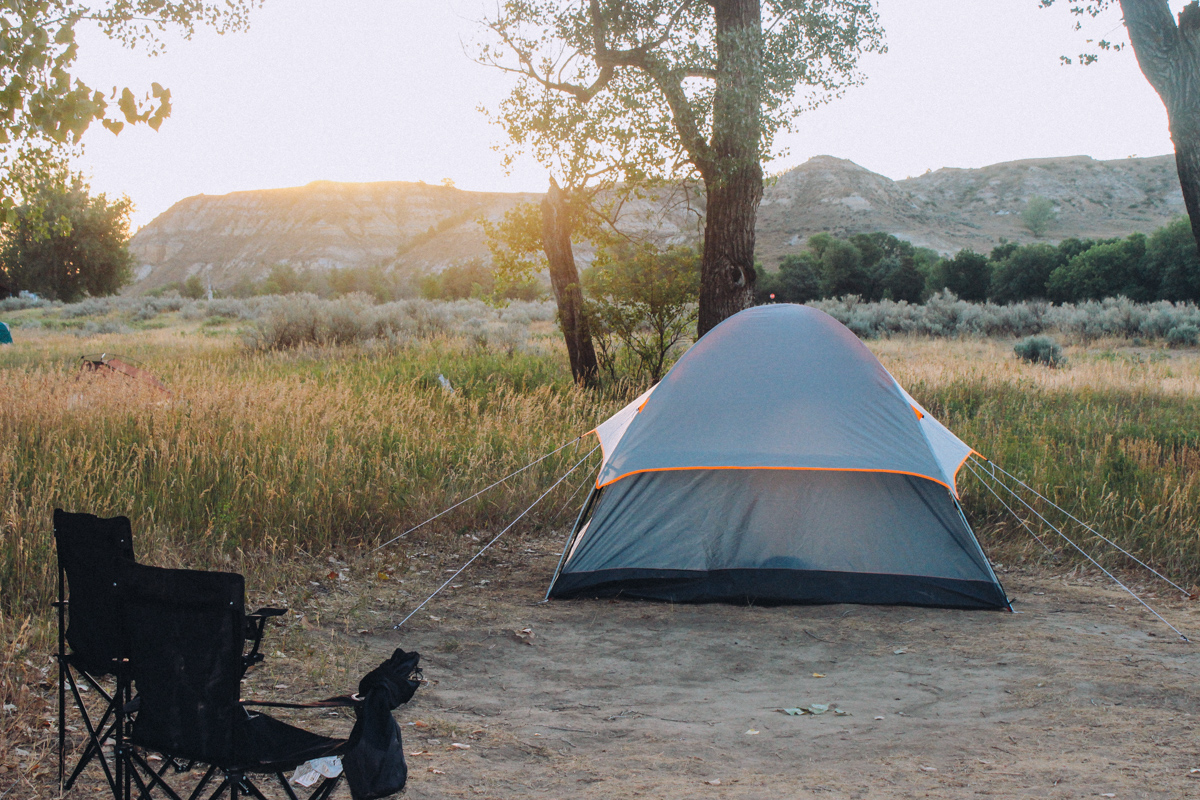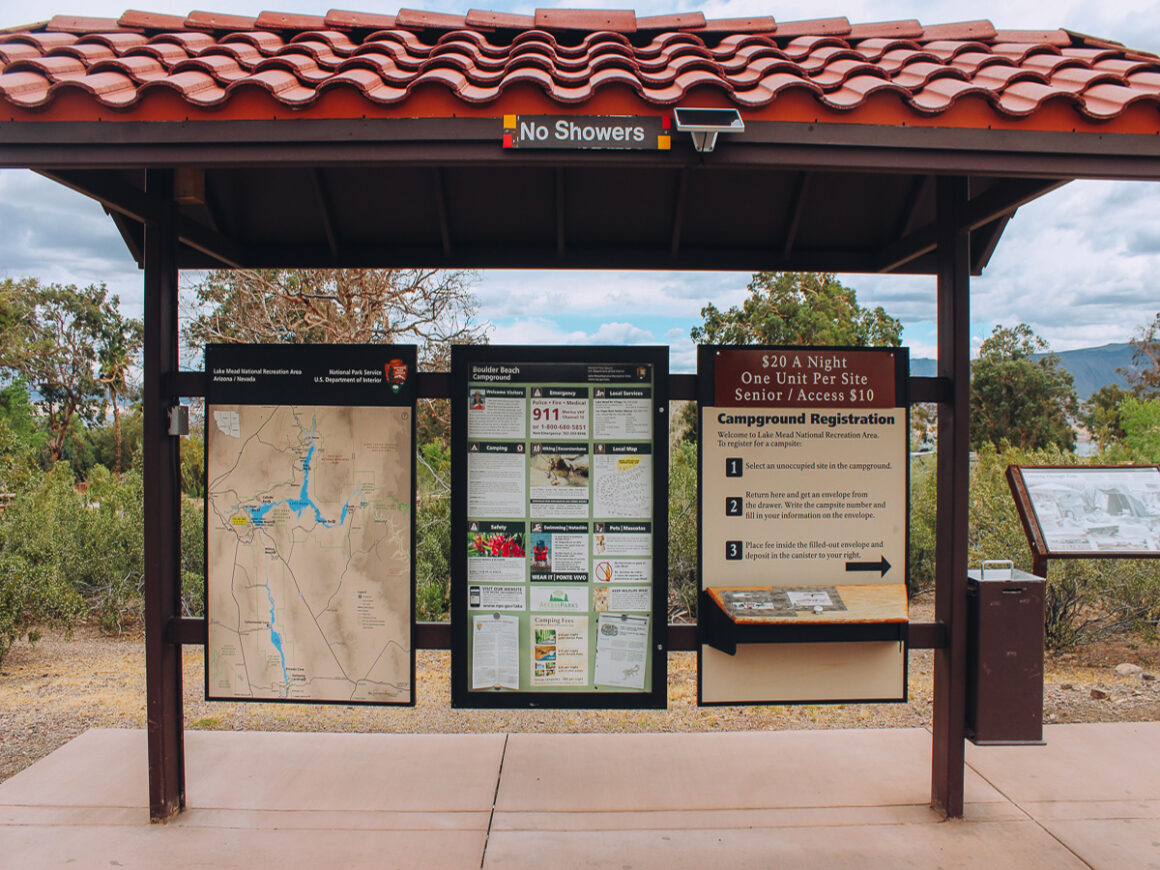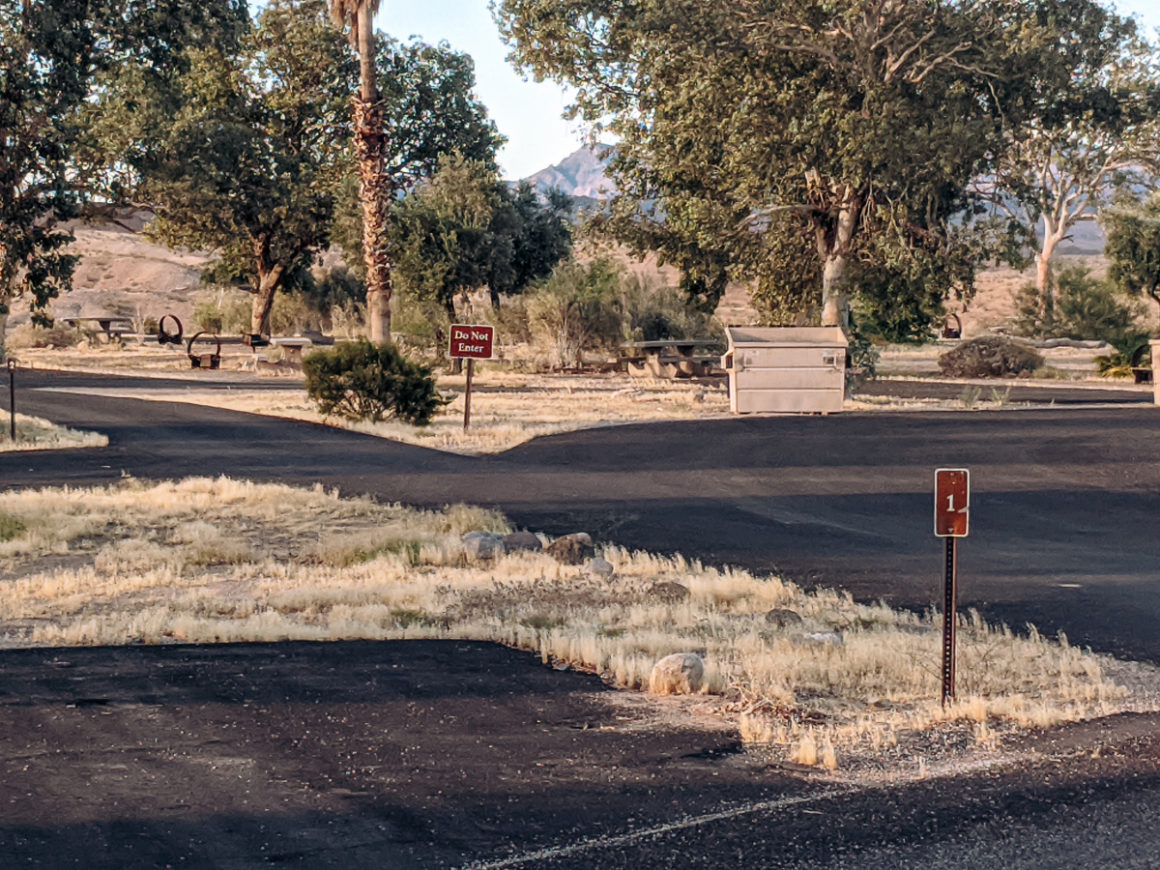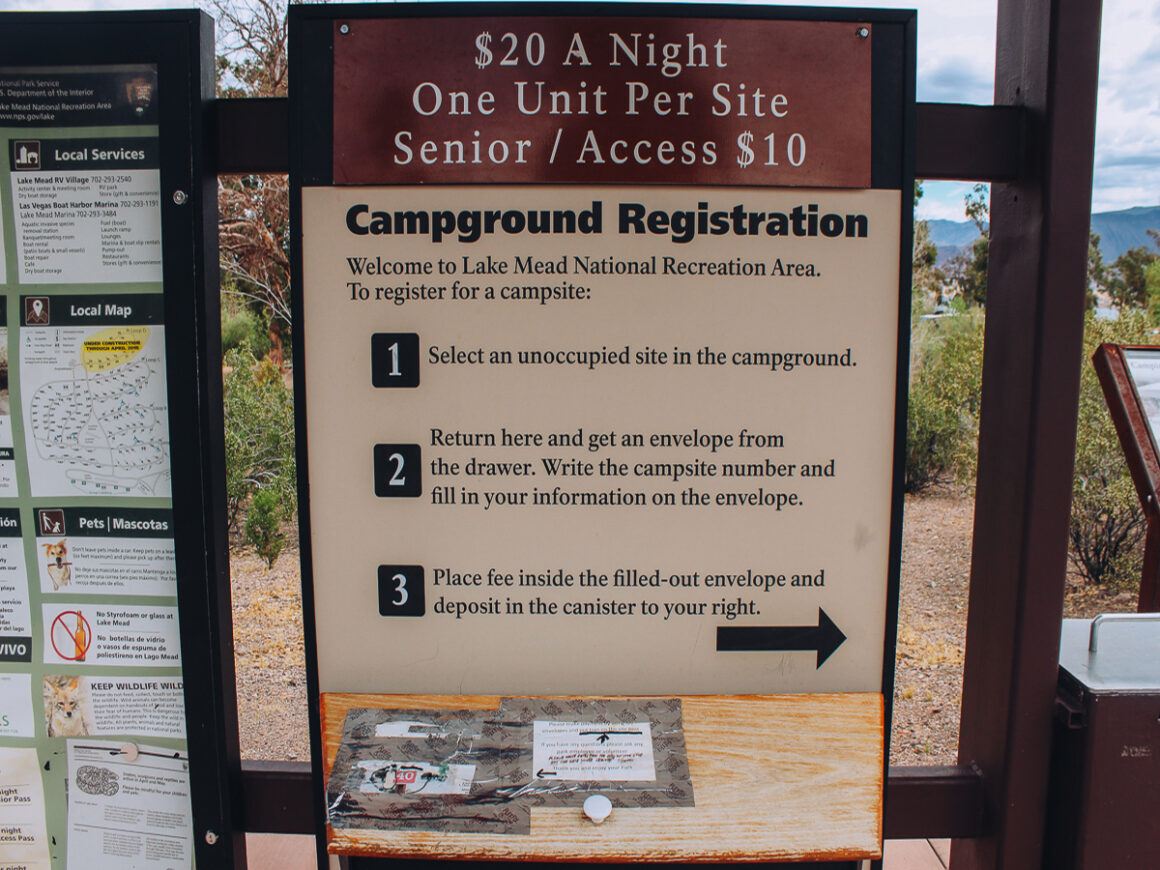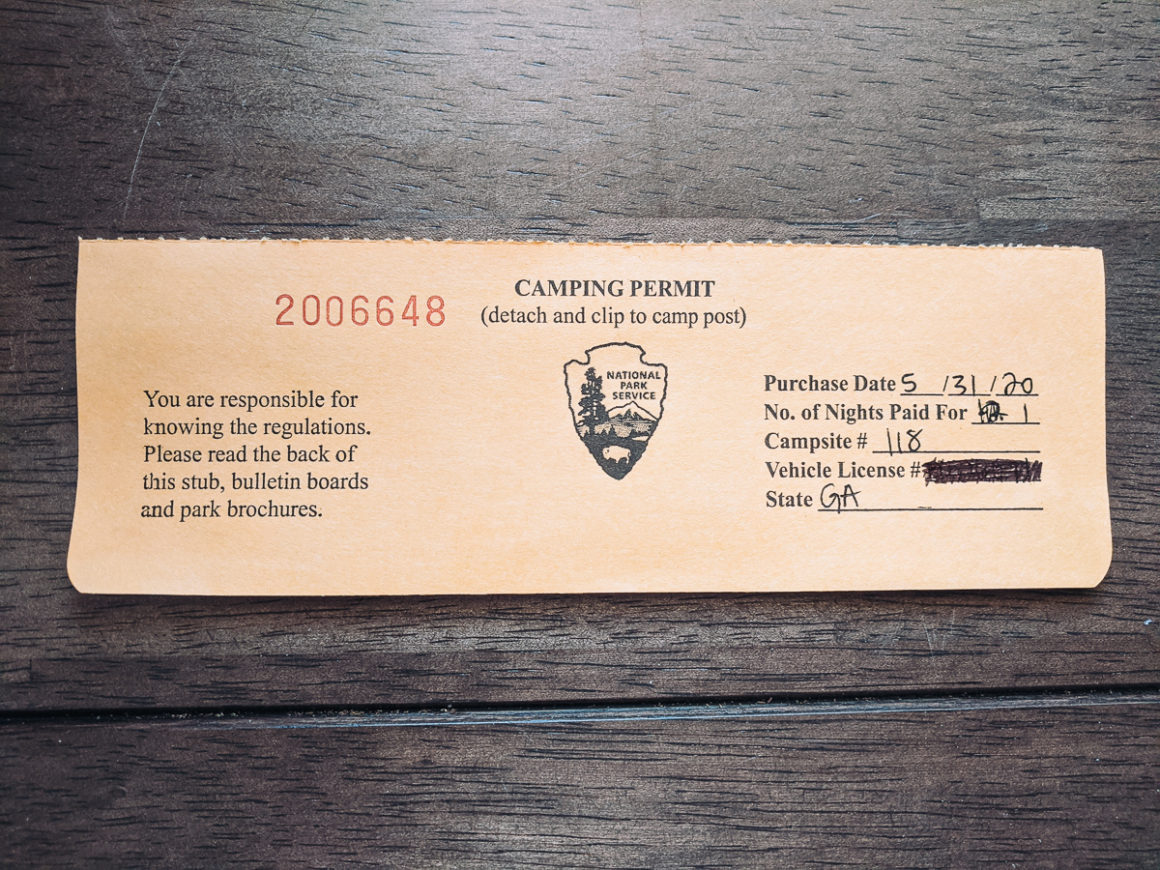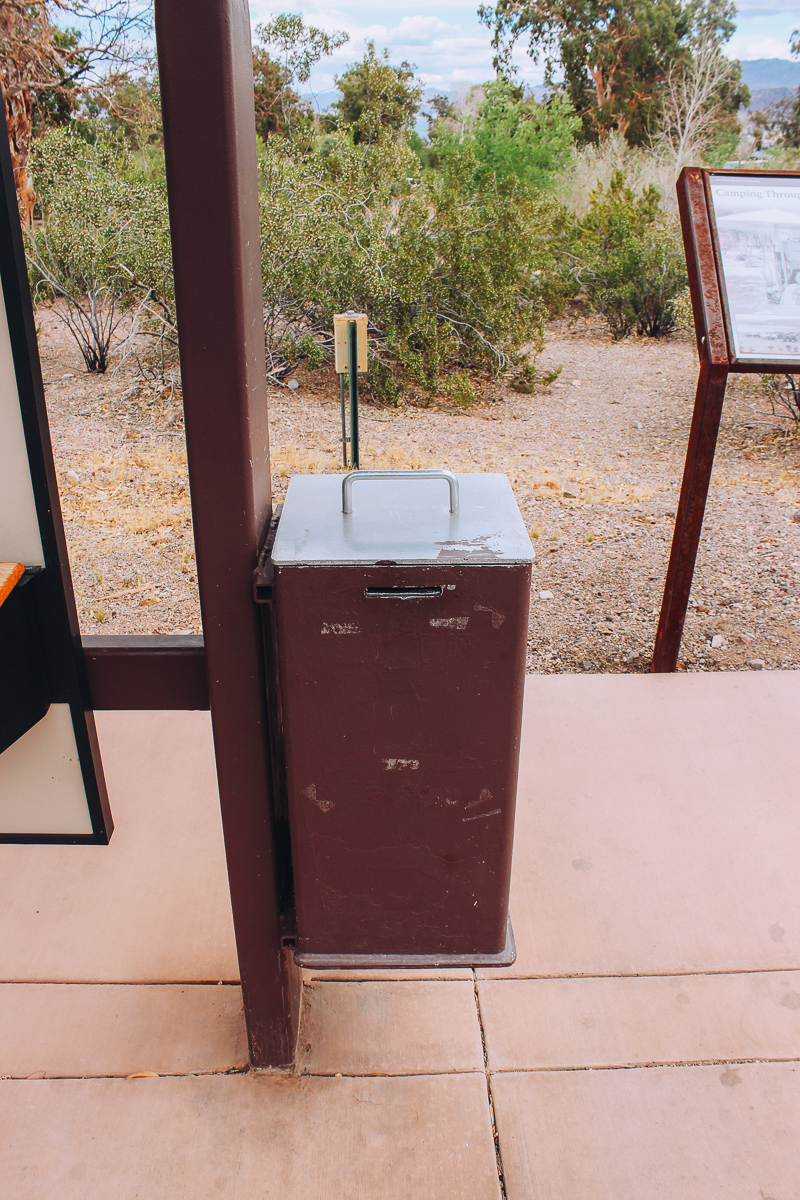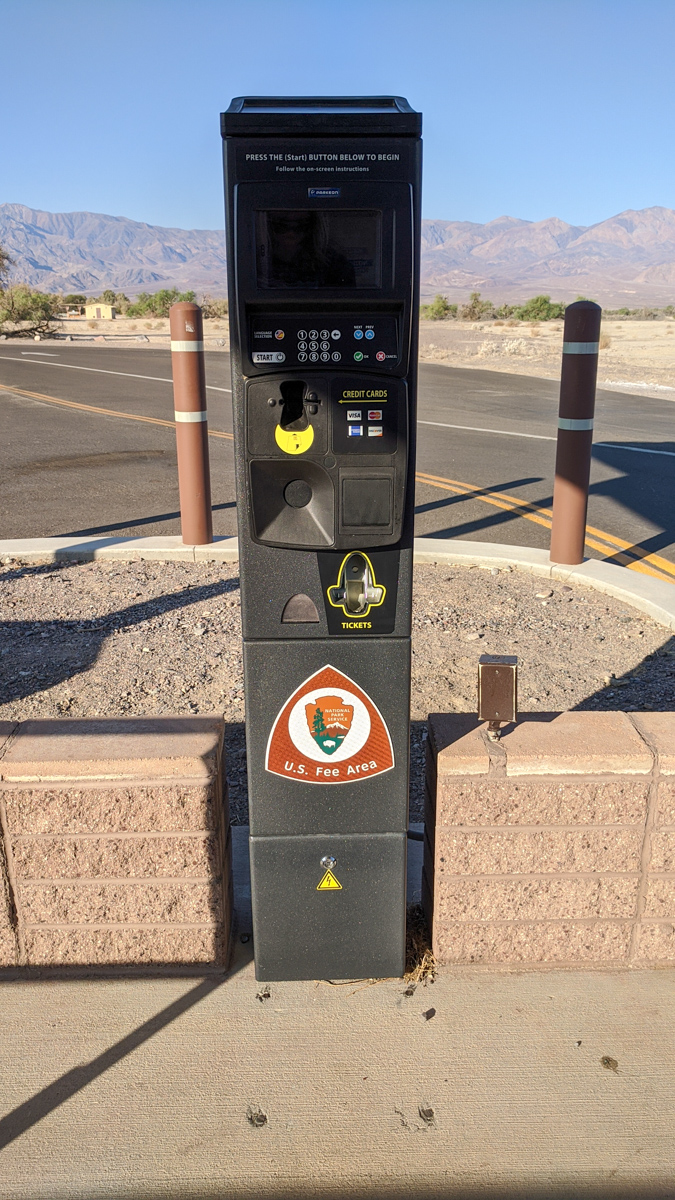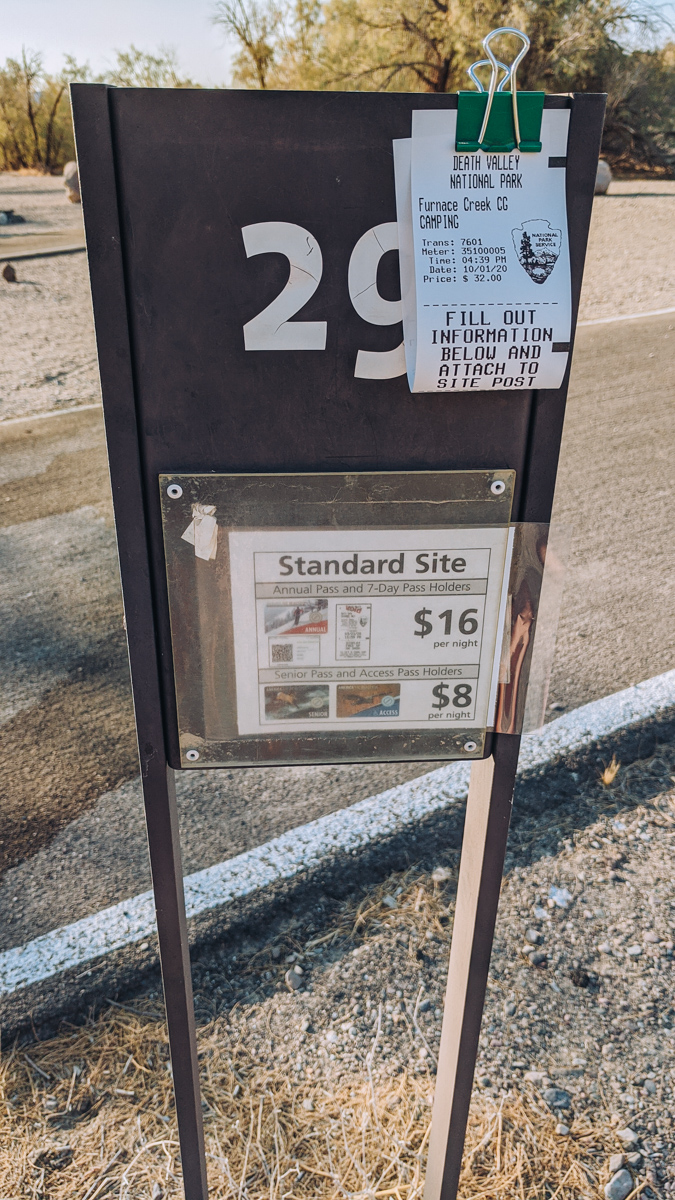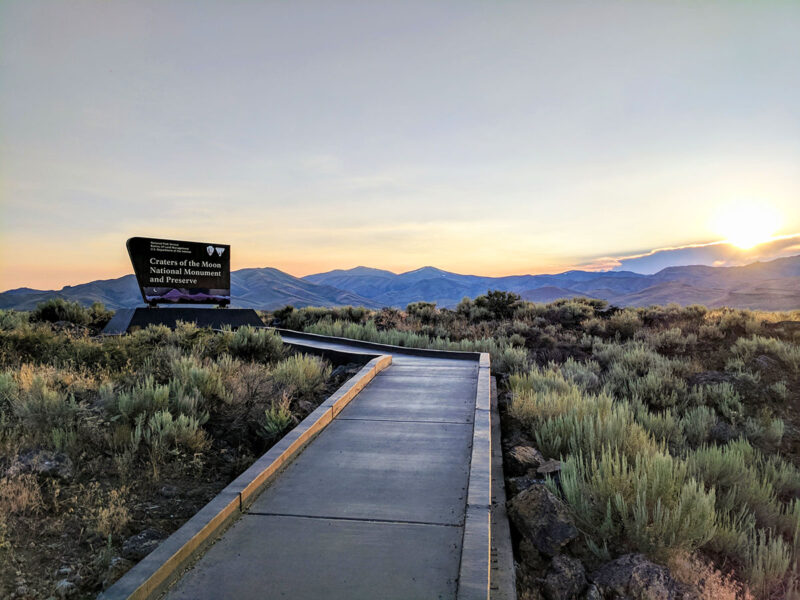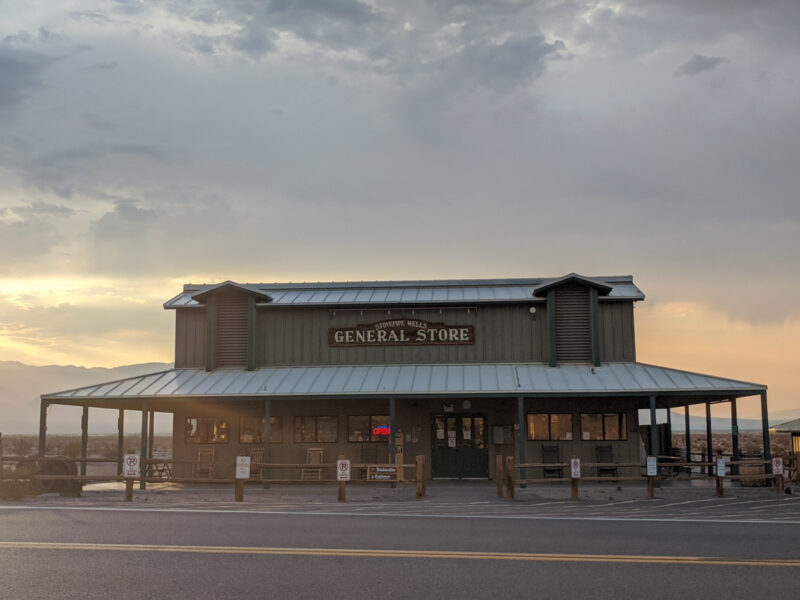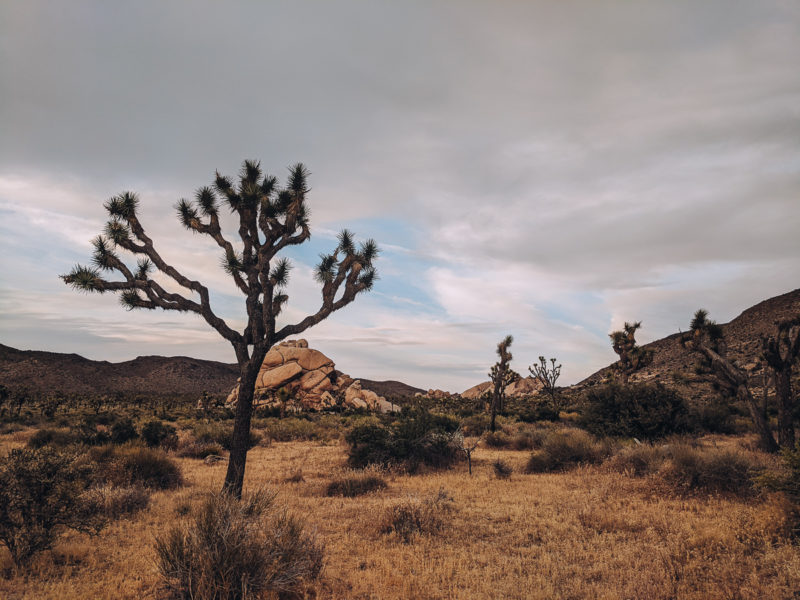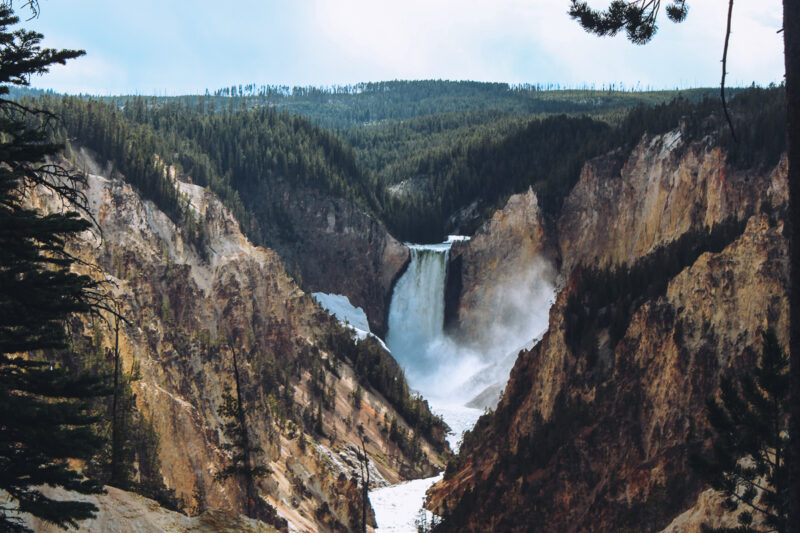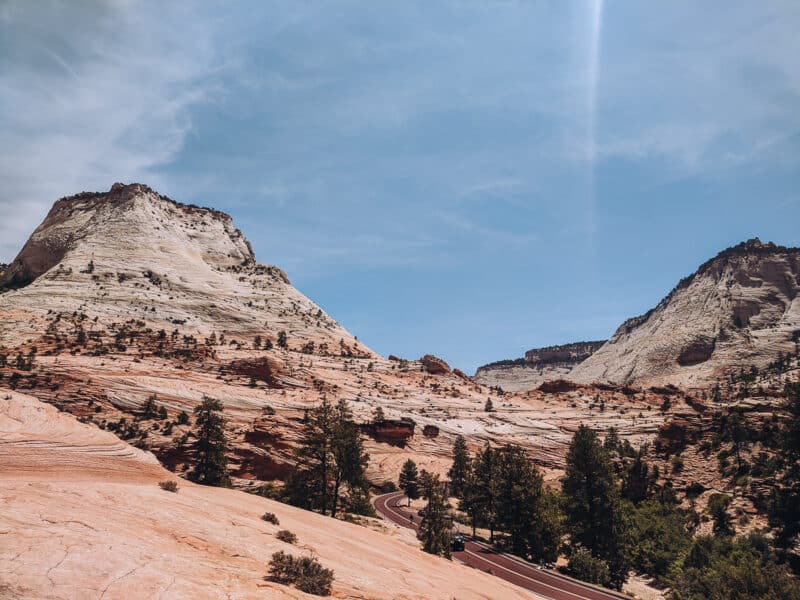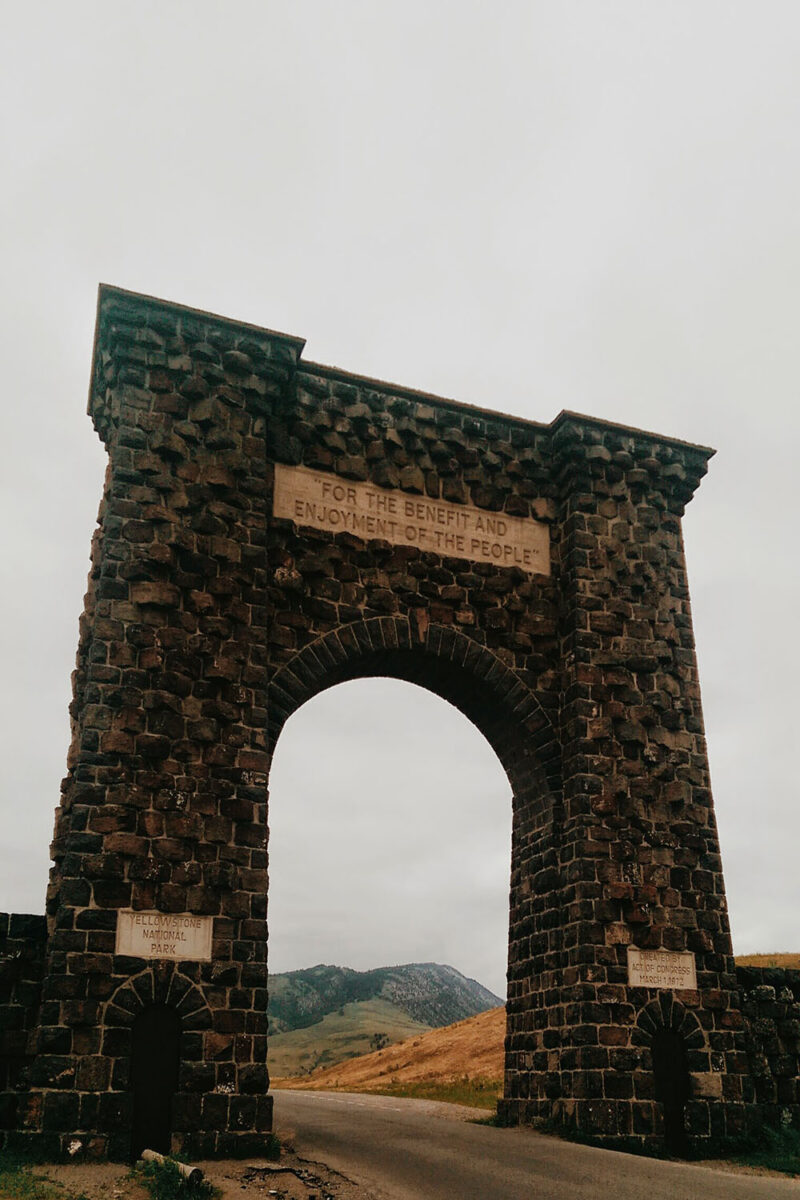First Come First Served Camping: Finding the Perfect Spot
Camping in a national park can be a great way to experience a park and see more of it. Since park campgrounds are often located in convenient areas, camping inside the park means you’ll spend less time driving in and out of the park.
However, as you make camping plans, you might notice that even though the majority of national park campgrounds require reservations, there are a few that use first-come first-served camping in lieu of reservations. What does that even mean and how does it work?
What is First Come First Served Camping?
Basically, first-come first-served camping just means that the campground doesn’t accept reservations. You just show up and if there’s a campsite available, you take it and camp there. First-come first-served.
This is a convenient concept for spontaneous travelers and those that might be road tripping and looking for a place to spend the night near a national park.
For those new to park travel, the first-come first-served camping concept might sound a bit odd. However, park campgrounds have used this system for years even though recently, more and more campgrounds require reservations through recreation.gov.
On the other hand, for some travelers, not having a guaranteed place to sleep for the night could cause a lot of anxiety. If it makes you nervous, then simply choose a campground that accepts reservations.
For those that don’t mind a little unknown, snagging an epic spot sure is a lot of fun. I have successfully used first-come first-served camping in Theodore Roosevelt NP, Guadalupe Mountains NP, Joshua Tree NP, Lake Mead NRA, Great Basin NP and Craters of the Moon NM.
But, I’ve had some failures as well – looking at you Hot Springs National Park. And that campground is actually reservation only now.
Many other public lands utilize first-come first-served camping as well. Don’t be surprised to see National Forests, BLM and even some state parks using this system. For simplicity, this article deals with national parks but most of the info applies to other type campgrounds as well.
How to Find Out if a Campground is First-Come First-Served
To find out anything you thing you need to know about a national park campground, you can look up the park’s info on the National Park Service’s official website nps.gov.
Search for the park you’re interested in visiting and once you’ve found it, click on the Plan Your Visit tab at the top of the page. Then scroll down to Eating and Sleeping. Hovering over that option expands the tab to show the types of accommodations available in the park.
Select Camping to see a list of campgrounds. Depending on the park, not all webpages are exactly the same but you should be able to view a list or see info about the campgrounds in the park. If a campground takes reservations, you’ll be directed to recreation dot gov.
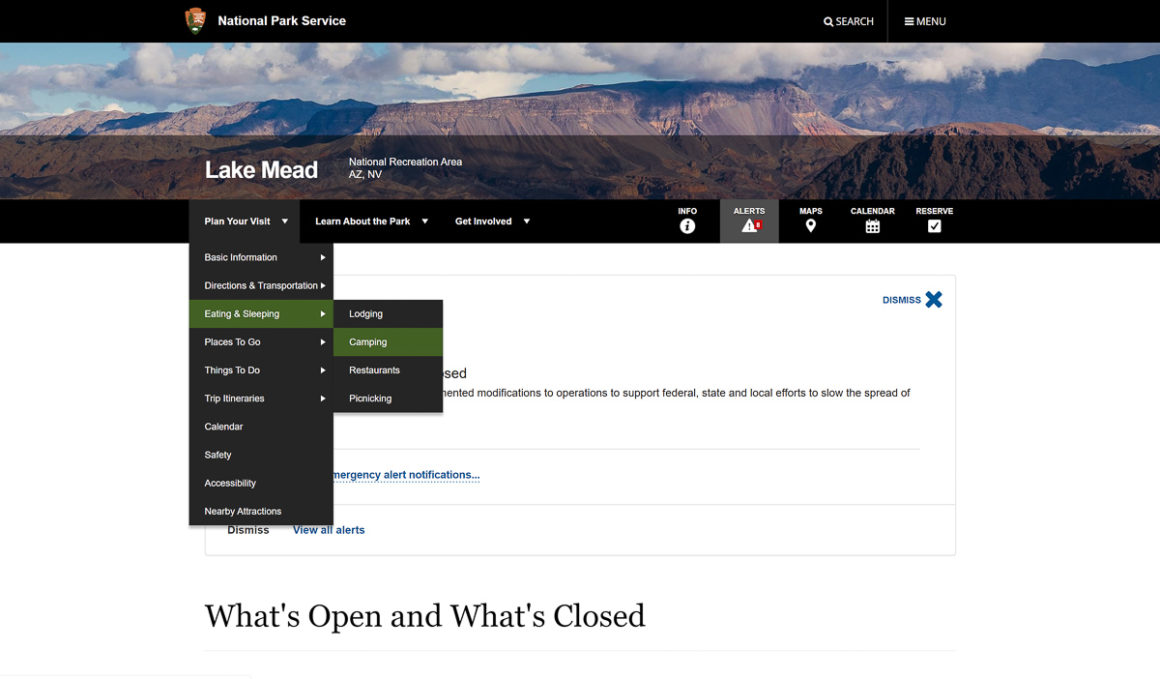
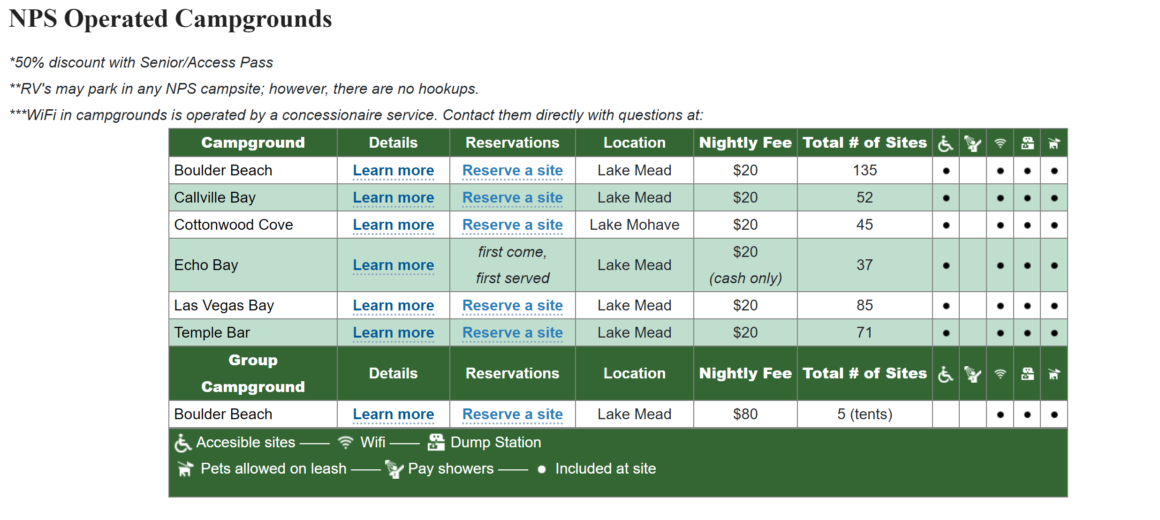
Navigating First-Come First-Served Camping
If you decide to stay in a campground that doesn’t accept reservations, here’s everything you need to know about first-come first-served camping in a national park campground.
Also, it goes without saying that securing a campsite should be the first thing you do when get to a park. Resist the urge to head over to the visitor center until after you find your campsite.
1. Entering the Campground
Upon entering a park campground, there will always be some sort of an entrance stand or information center for the campground. All the important stuff you need to know like fees, campground rules, any alerts, maps, etc. can be found here.
It’s here that you’ll pick-up a campground registration envelope so you can register and pay for your campsite. Every campground is different but these yellow envelopes will generally be found in a box or drawer at the entrance stand.
2. Selecting a Campsite
Next is actually selecting a campsite. One thing you can do to make this part a bit easier is check in with the campground host. He, or she, is there to take care of the campground and assist campers.
In some campgrounds, where the host can keep up with the comings and goings of people, there might be a list or a map with the available campsites for day.
Checking in with the host is extremely helpful because then you can go directly to those campsites without searching for a spot. However, if there’s no host or that info isn’t available, then just drive through the campground and secure an unoccupied campsite.
As you pass through the campground, you’ll notice the park service uses metal or wooden posts with numbers to identify the campsites. In addition to checking for tents and obvious signs that a campsite is occupied, look at the posts to see if there’s a paper attached to it.
That paper means a campsite is occupied (or reserved if the campground also accepts reservations, too. Some campgrounds offer both) If there’s nothing on the post and no items in the site, then it’s all yours.
It’s also acceptable to check the dates on the paper if you arrive really early to a first-come first-serve only campground and you encounter a site that looks empty but has a has paper still on the post. It could be that the host just hasn’t made rounds yet.
3. Register and Pay For Your First-Come First-Served Camping Site
Once you selected your site, place something in it so everyone else looking for a site knows that it’s taken. Now, fill out the registration envelope from the entrance stand. You’ll be asked for your name, address, vehicle info, campsite number, length of stay and payment type.
Payment goes in the same envelope. For cash payments, you’ll need to have the exact amount. Place your cash inside the envelope, seal it securely and deposit it in the iron ranger at the entrance stand. If the campground accepts credit cards, there’s a place for that info on the envelope, too.
Southerner Says: fee collection boxes, are referred to as iron rangers because the company that makes them is called Iron Rangers and they are actually “working” collecting money.
The registration envelope has a perforated flap that tears off. Fill out the required info on that portion of the envelope – purchase date, length of stay, campsite number and your vehicle info – and attach it to the campsite post.
It’s also possible to occasionally encounter a campground that only takes credit cards. If you’ve made a reservation in advance, then that won’t be problem. But if you are arriving spur of the moment and the campground is first-come first-served, then you’ll need a credit or debit card to pay.
In all my park travel, I’ve only seen this twice. Death Valley National Park has a credit card machine at the campground entrance. After you pay, the machine prints the receipt and that’s what you put on the campsite post.
I do think that more campgrounds will go to a cashless system so the park service can phase out having cash on hand in isolated, remote parks.
Also, if you drove straight into the campground without picking up an envelope, then it’s okay to place something, like your tent or a chair, in the campsite until you can get an envelope. Just don’t take too long. Most campgrounds ask for payment within thirty minutes of occupying a site.
Tips For First-Come First-Served Camping
For the best chance at obtaining a site in a campground with first-come first-served camping, you need to arrive to the campground early. And in busy parks like Glacier National Park, that means arriving really early.
The last time I was there, people were lined up before dawn to get a campsite in the first-come first-served campgrounds.
Also, the more campgrounds in a park the better availability there (should) will be. And, of course, visiting in the less busy time of year or low season gives you a better chance, as well as visiting midweek.
Finally, since nothing is guaranteed, it’s always best to have a few backup plans. Knowing what other campgrounds and public lands with dispersed camping – and yes, even hotels – are in the area just in case you can’t get a campsite in the park is very helpful.
In addition to the official national park and forest websites, I like using apps such as freecampsites.net and The Dyrt to help me plan and find the perfect spot.
Finally, remember to enjoy public lands in a respectful way. Clean up after yourself and always use leave no trace when camping and visiting the outdoors.
Until the next time….see you on the road!
This article contains affiliate links. That means I may earn a commission, at no extra cost to you, if you book or buy something using a link I share. This keeps Southerner Says online and on the road. Thank you for your support.


